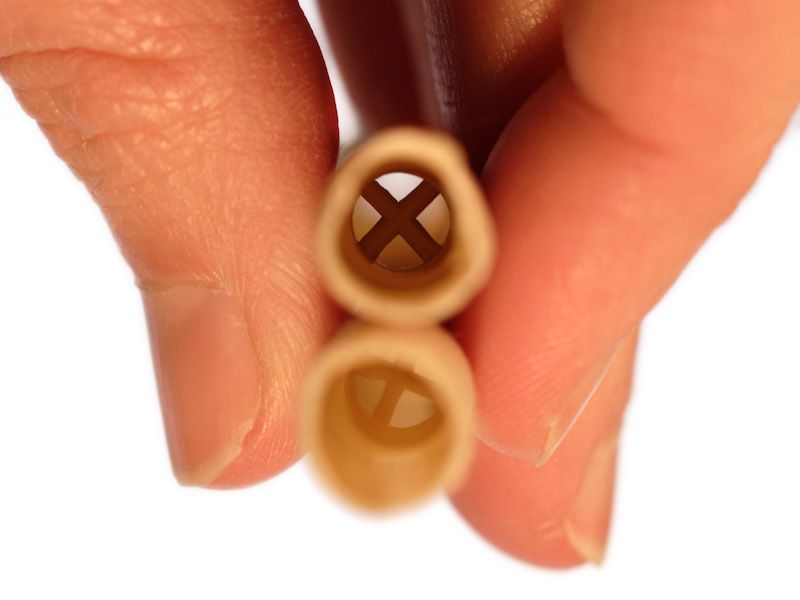
There’s a persistent idea in some groups that a practice called “ear candling” is an effective way to minimize your earwax. What is ear candling, and does it work?
Earwax Candles, do They Work?
Spoiler alert: No. No, they don’t.
Why then do normally rational people routinely accept in this pseudo-science. It’s hard to say with much precision. But even though the logical decision is fairly obvious, learning more about the risks of earwax candling will help us make an educated choice.
What is Earwax Candling?
So here’s the basic setup: Perhaps you have too much earwax and you aren’t quite certain how to eliminate it. You know you’re not supposed to use cotton swabs (which is good, cotton swabs are not an ideal way to clean out your ears, in most cases). So you begin searching for an alternative and stumble on this technique known as earwax candling.
Here’s how earwax candling purportedly works: By jamming a candle in your ear (wick side out), you cause a pressure differential. This pressure difference then pulls the wax out. Any wax that might be backed up in your ear can, theoretically, be pulled out by this amount of pressure. But this hazardous technique is not a smart method of cleaning your ears.
Why Doesn’t Ear Candling Work?
There are a few issues with this practice, including the fact that the physics simply don’t work. There’s just no way for a candle to create that kind of pressure differential (and in order to move earwax around, that pressure difference would need to be quite substantial indeed). Also, a candle doesn’t have the type of seal needed to hold pressure.
Now, the candles used in these “procedures” are supposed to be special. All of the wax that was in your ear can be located within the hollow part of the candle which can be broken up when you’re done with your 15 minutes of ear candling. But the issue is you can find this same detritus in new unburned candles also. So this “proof” is actually nonsense.
Earwax candling hasn’t been proven scientifically to have any benefit at all.
So Earwax Candling Doesn’t Work, But is it Safe?
What’s the harm in trying, right? Well, whenever you get hot candle wax around your ears, you’re asking for trouble. Look, it’s very possible that you might try ear candling and walk away completely unscathed. Plenty of people do. But there are definitely risks involved and it’s definitely not safe.
The negative effects of ear candling can include:
- Your ear can be severely burned. When melted candle wax gets inside your ear, it can lead to serious hearing issues and burns. This could permanently compromise your hearing in the most extreme cases.
- Any time you’re mucking about with an open flame, there’s a possibility that you may cause serious damage and put your life in danger. Seriously, you could burn down your house. Clearing away a bit of earwax isn’t worth that amount of risk and danger.
- Once the wax cools down it can clog up your ear canal. You could end up temporarily losing your hearing or even requiring surgery in serious cases.
You Don’t Require a Candle to Clean Your Ears
In the majority of situations you will never even have to be concerned about cleaning earwax out. That’s because the human ear is basically a self cleaning system. But you may be one of those individuals who have an unusually heavy earwax production.
If you do need to clean out your ears because of too much wax, there are scientifically-proven (and reliable) ways to do that properly. For example, you could use a fluid wash. Another option would be to consult a hearing care professional for an earwax cleaning.
Cotton swabs are definitely not the way to go. And open flames are not good either. Earwax candling is a technique that has no benefit and will put your ears, and your entire person, at significant risk of damage and injury. Try burning candles for their sent or for enjoyment but not as a method to clean your ears.

